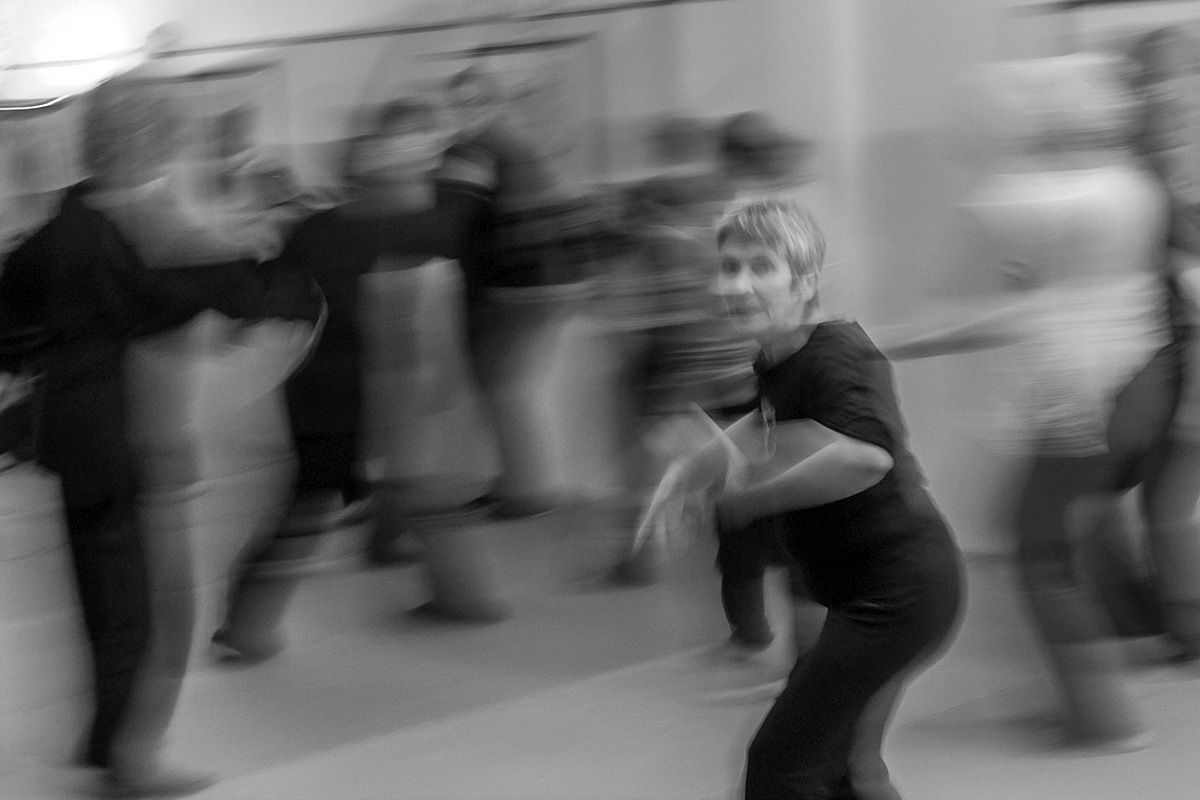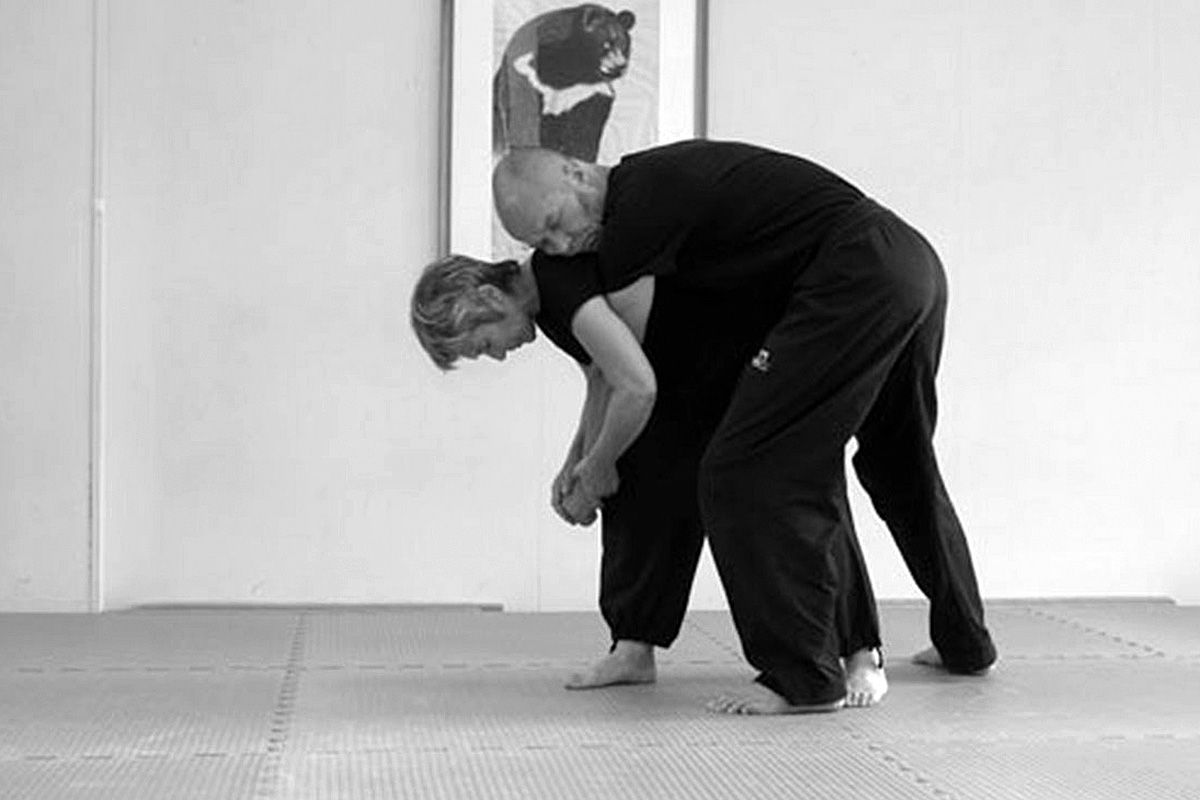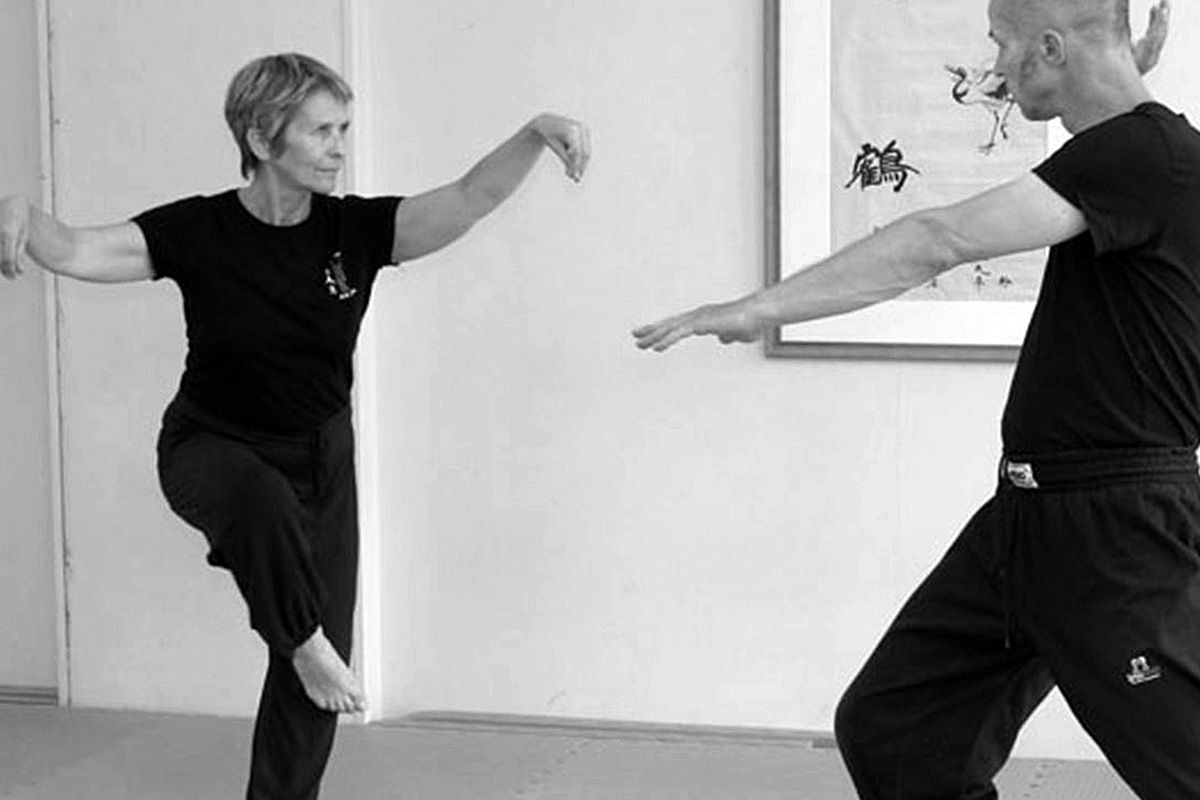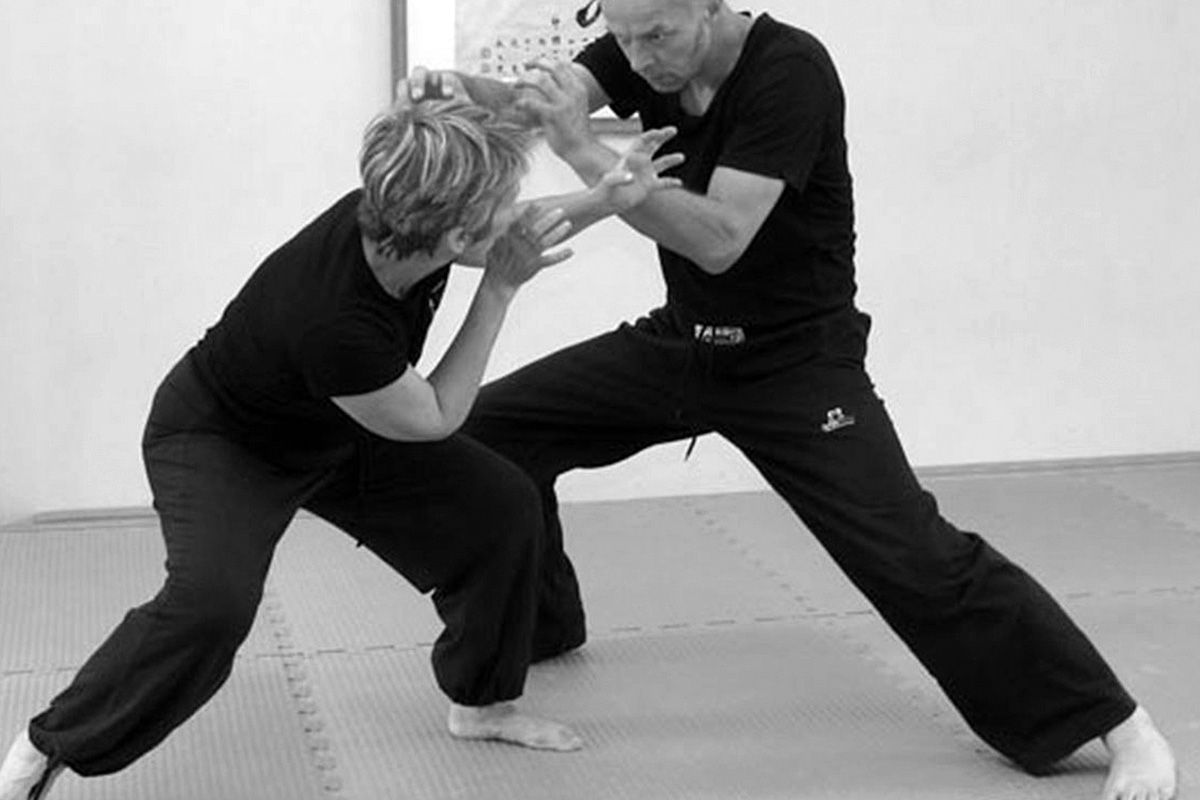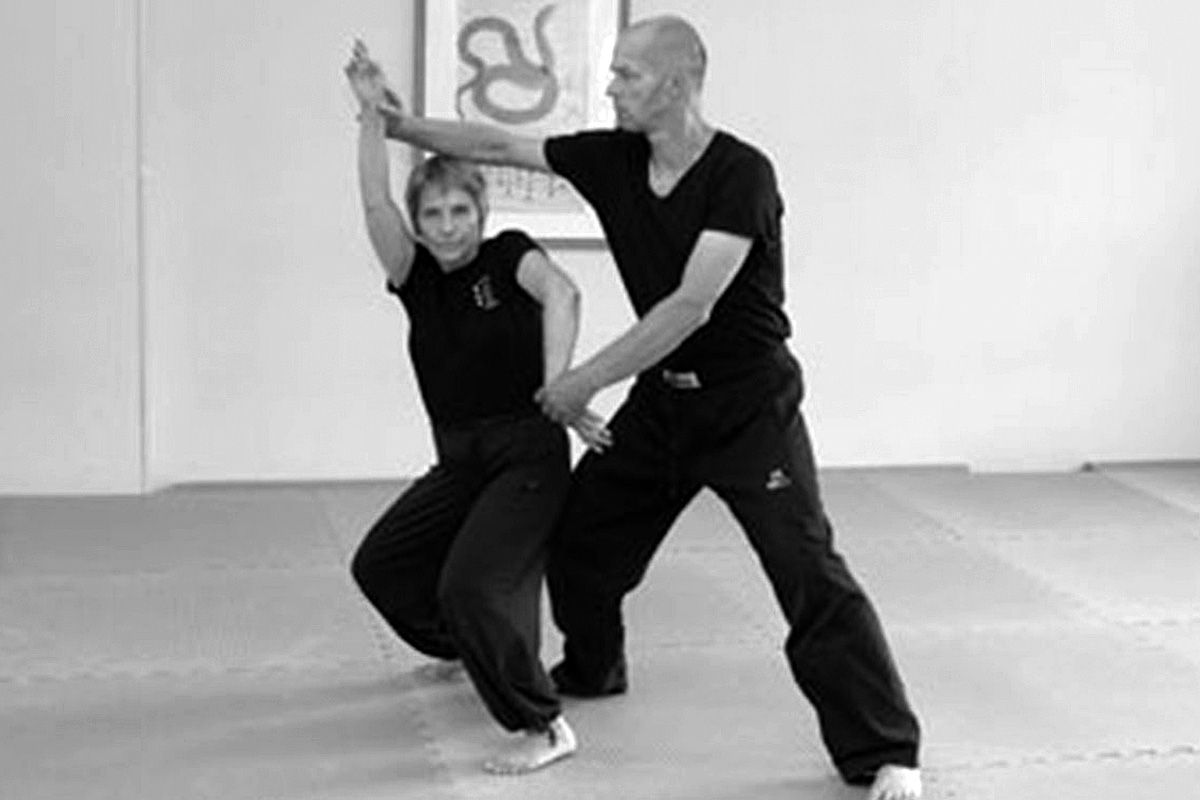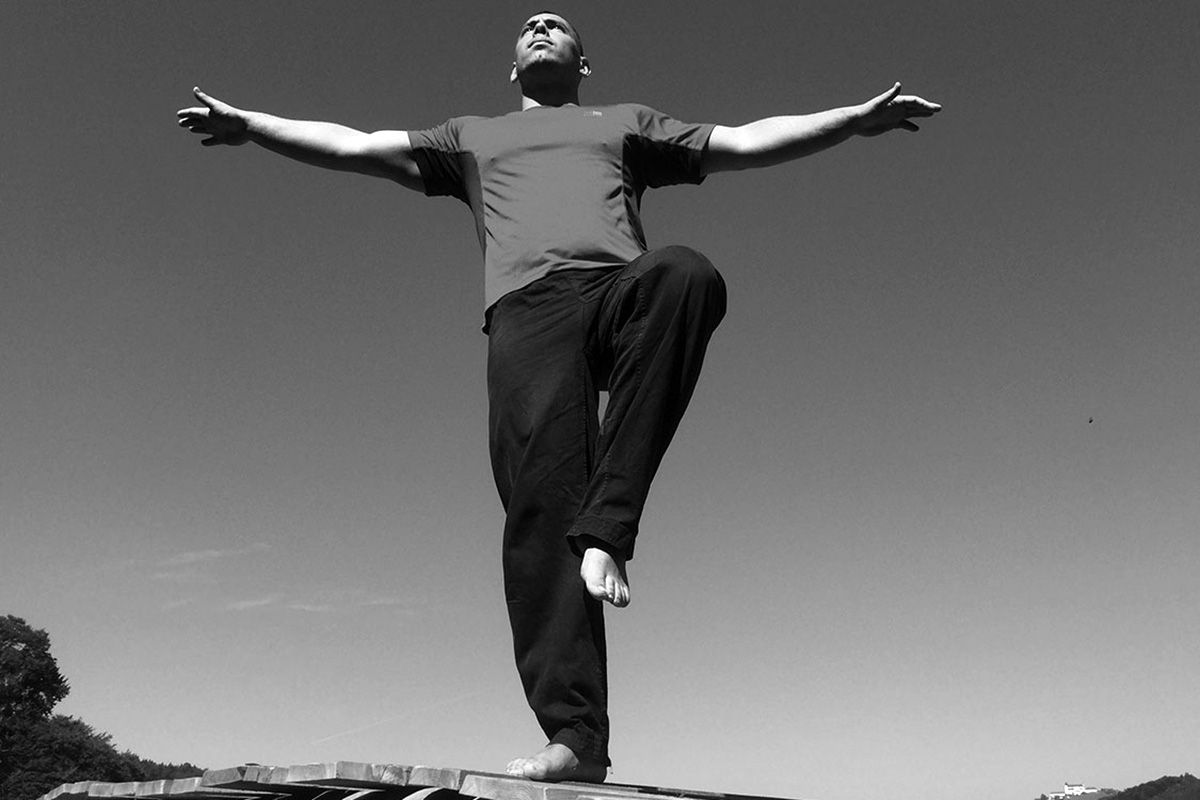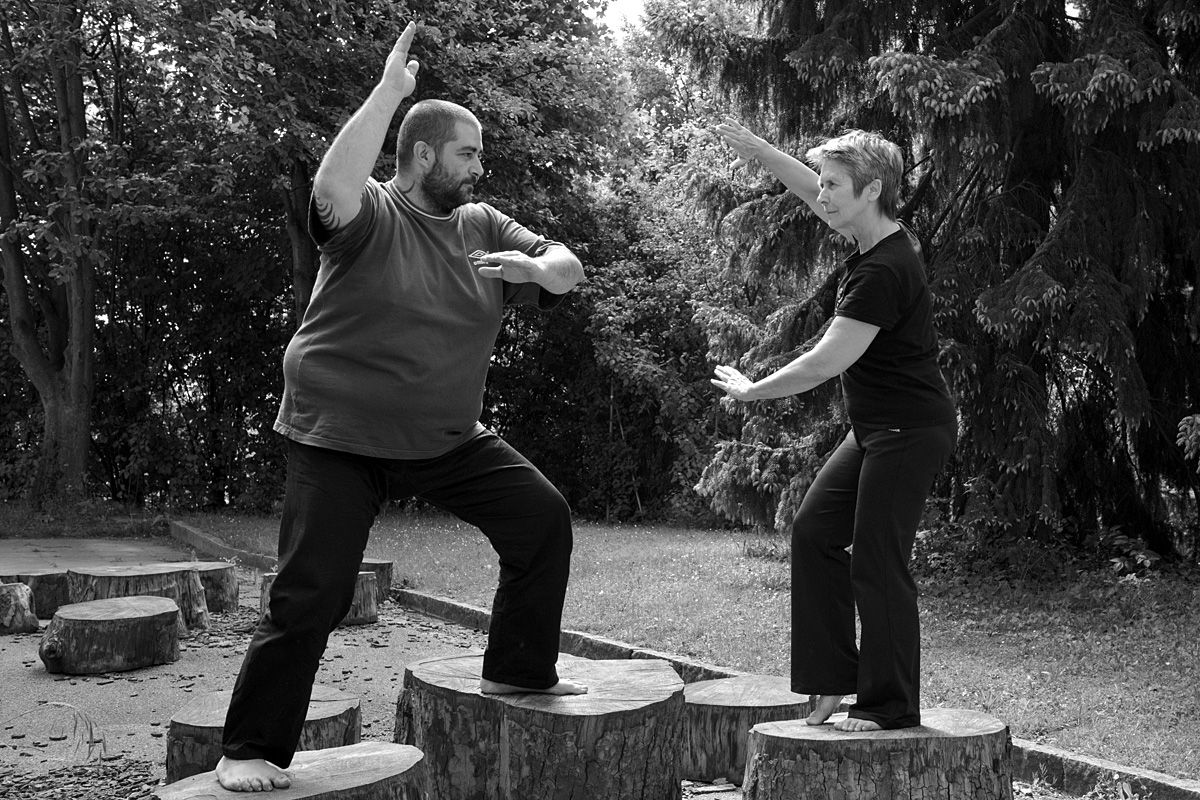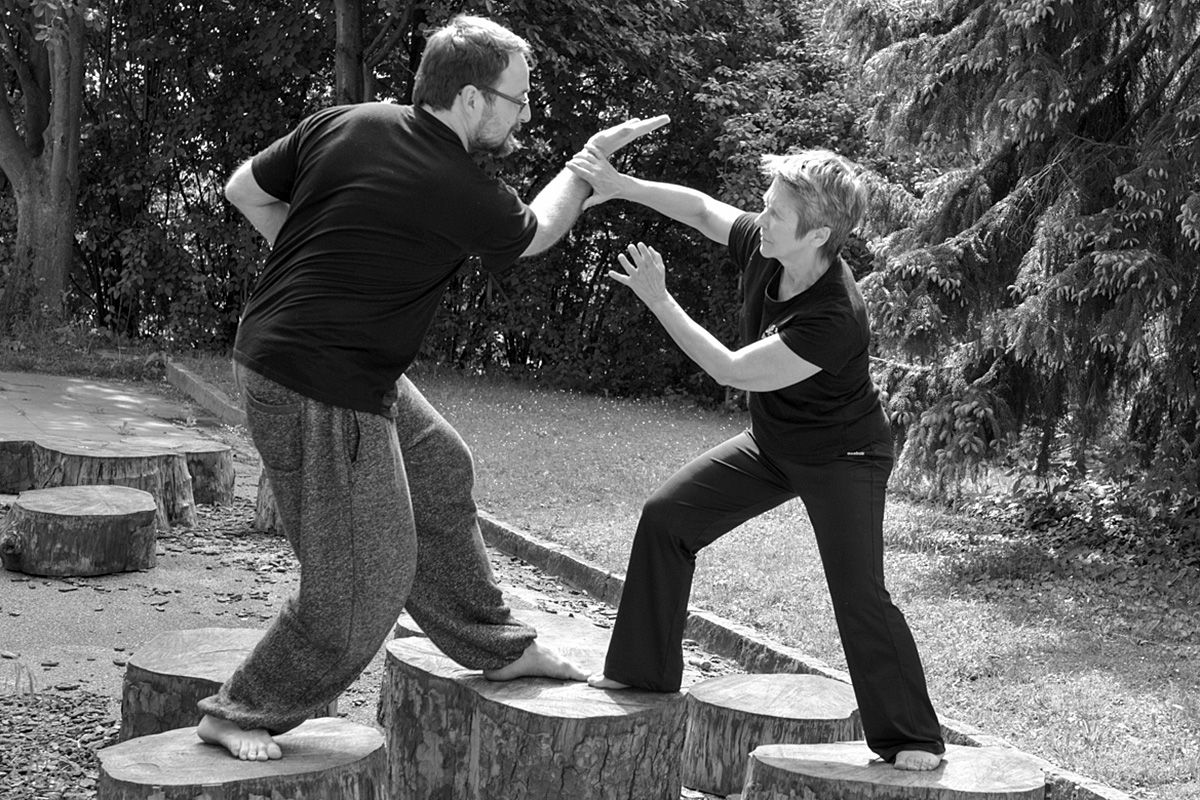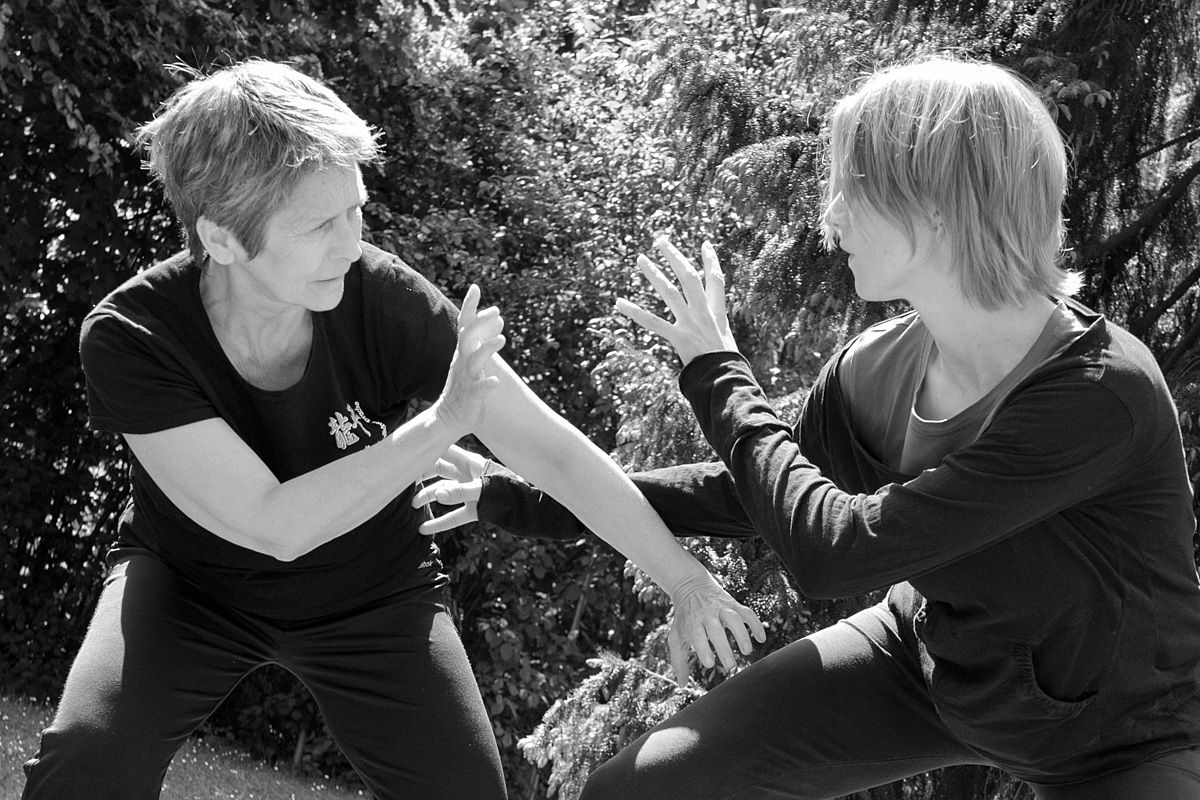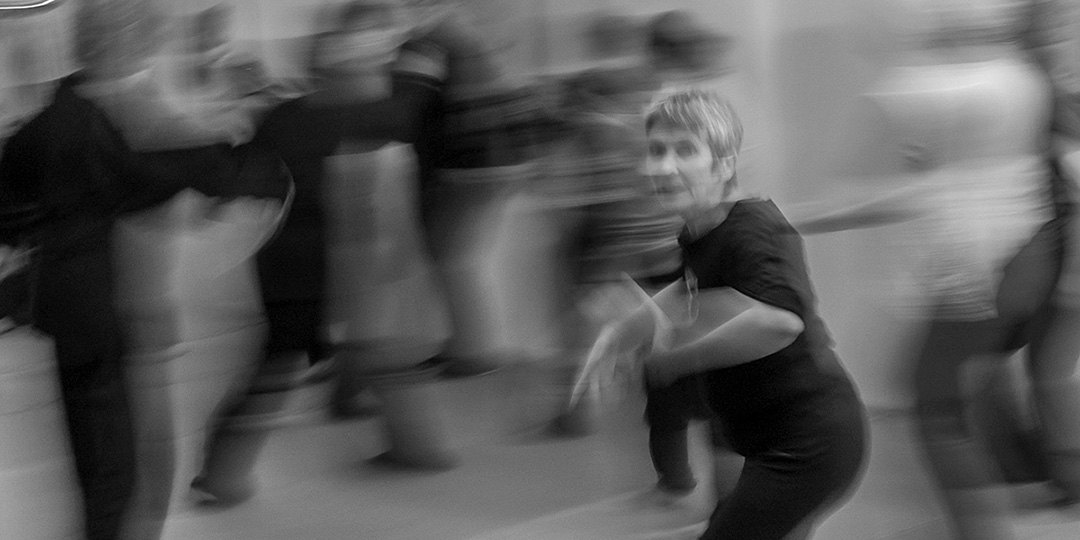
QIGONG DANCING
Dancing with the energy of life was developed by Gertrud Schröder „Long Ping“ who has long-standing experience in Qigong, Kung fu and Taijiquan. Qigong Dancing® is based on Eastern thought and excercise approaches, and expands them with known methods from Western body work.
Long-standing teaching experience brought Gertrud Schröder to connect the calm and formal Qigong excercises with free, dynamic, matial and dancing moves.
The different needs of people are explored, expressed and unfolded. Special issues such as relaxation, inner calm and movement can be individually supported.
It is experience of the power and the stillness of the Asian ways of practice that expand the spectrum of one’s own possibilities.
Qigong offers a variety of different approaches to the tension between the inside and the outside, between you and me, between the individual and the group, being alone and meeting others.
This was how the concept of Qigong Dancing® was born.
Qigong Dancing® developed as a universal method, that has many variations depending on the situation and the goal of the practice. Besides easy feel-good excersises for fitness and wellness the excercises can be used as therapy in individual or group settings depending on the indication.
Gertrud Schröder is experienced with Qigong Dancing® in private groups, in schools as well as in work with psychologically and physiologically ill people. Supervisions and documentation are a regular part of the interventions.
Continuing education in Qigong Dancing® is offered yearly.
It is a way of taking responsibility for helping oneself.
The starting point of the training in Qigong Dancing® is the formal exercise forms. They provide structure, stability and safety and they foster calmness and concentration.
In the freestyle form of movement, when the formal forms are dissolved, the practicioner finds his own expressions which also mirror the formal exercise forms.
In the physical experience and expansion of one‘s own strengths, weaknesses and borders, emotions are awakened, experienced and expressed.
The dance shows enjoyment of life and naturalness. In the recognition of the hidden possibilities that lie therein are the chances for growth and maturation.
Through the connection of calm, formal Qigong excercises and free, dynamic, martial and dance movements, diverse aspects of excercising are opened up.
The music supports and helps one to get into different expressions.
The specification of an outer image provides access to own inner images; space is offered, to let them arise so they can be freely expressed.
Through the power of imagination, in the role play, one is made aware of old habits and thinking structures.
In the image of the bear, for example, his soft and cuddly parts as well as his mighty and crushing paw are experienced.
Qigong is about learning to deal and accept the different powers to be able to control them consciously.
Qigong Dancing® offers a possibility to rediscover and access ones very own potential and to expand it responsibly.
Qigong Dancing® connects and divides, opposites are dissolved to be united in harmony. The potential for health and healing lies in the dance with the energy of life.
Dancing and animal movements
Historical sources report that Qigong dancing® and the imitation of animal movements help to get in harmony with nature.
Over the past centuries cultural influences shaped the different styles. A variety of excercises developed. The animal play goes back to the famous Chinese Doctor Hua To. He developed the play by watching and imitating animals to heal illnesses, to strengthen health and to gain agility.
Over time this excercise method of the animal play has experienced different orientations.
The four elementary levels of human acting are being addressed by four animal images, the bear, the crane, the tiger and the snake. You will find comprehensive information on the animal images under the main menu item animal images.
The teacher’s tasks
To be able to convey the diverse experiences of Qigong Dancing® the teacher must be willing to let himself be engaged in his very own experiences.
The teacher needs previous knowledge and experience, without which a competent transmission is not possible. It is not the method per se that teaches, it is the lived experience that touches and appeals.
Historical sources report about Qigong Dancing and the imitation of animal movements to get into harmony with nature.
Over the centuries the cultural influences shaped different styles. A number of different exercises developed. The animal play goes back to the famous Chinese Doctor Hua To, who developed it by watching and imitating animals, to heal, to strengthen health and to gain agility. This exercising method developed into different methods.
Four elementary levels of human action are addressed by four animal images.
